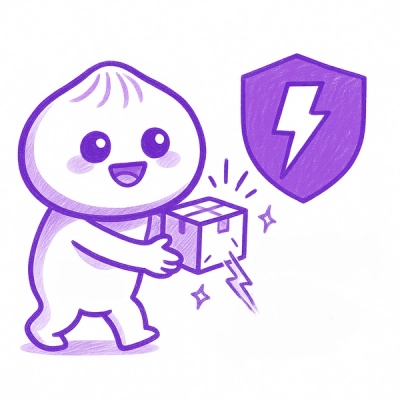
Research
/Security News
Weaponizing Discord for Command and Control Across npm, PyPI, and RubyGems.org
Socket researchers uncover how threat actors weaponize Discord across the npm, PyPI, and RubyGems ecosystems to exfiltrate sensitive data.
canvas-planner
Advanced tools
Canvas Planner is the UI component for the List View Dashboard feature in Canvas.
yarn add canvas-planner
import Planner from 'canvas-planner';
Canvas Planner is developed using modern JavaScript and supports modern browsers. If you are using it in an environment such as IE 11 where some core browser features are unavailable, then you should make sure to polyfill appropriately. This package does not ship any polyfills to maintain a smaller footprint.
yarn
yarn start
Go to your browser to http://localhost:3005 to see the app. This will also start a json-server instance at http://localhost:3004 which api requests will be proxied from webpack-dev-server to eliminating the need to have an instance of Canvas running to do development.
By default, all requests to the json-server have a 1.5 second delay introduced to help us develop for proper loading states. If you want to run without the delay you'll need to instead run:
yarn run start:json-server:no-delay
And then in a separate terminal tab/session/window/etc.
yarn run start:webpack-dev
This project uses eslint-config-react-app
for linting JS files. Linting is enforced at the build level. ESLint errors will cause the build to fail.
You can run the linter by running yarn run lint
We use Jest for testing the codebase. You can run it
by running yarn test for a single run or yarn test:watch to start up a watcher process for it.
If you are having trouble with the watch process you may need to set up [watchman] (https://facebook.github.io/watchman/).
It should be as simple as brew install watchman on a Mac, no configuration is required. For more details about these
issues see the discussion on the issue, watch mode stopped working on macOS Sierra.
We require test coverage percentages to be maintained. Run the test coverage by running yarn run test:coverage
If you want to test a version of the planner locally without publishing it you can do so by using yarn link.
The way it is done is as follows:
cd canvas-planner
yarn run build # Build the proper transpiled versions of the files
yarn link
cd ./canvas-lms
yarn link canvas-planner
Once you've done those things, run the proper build steps for your Canvas installation and you'll see your local copy of canvas-planner working inside Canvas.
To deploy a new version of canvas-planner to npm first update the version field in the package.json.
You will then commit that version to canvas-planner and in your commit message paste the output
of the command below.
git log v(enter previous version here)...origin/master --pretty=format:"[%h] (%an) %s"
Next run ./scripts/release if you have already updated the planner version in your package.json
you can press enter otherwise follow the instructions on screen.
After published go to your canvas-lms directory and open the package.json. Update the canvas-planner
dependency to the one you just released. After that you will need to remove your node_modules and reinstall
using yarn. From there you should commit the yarn.lock and the diff in the package.json.
FAQs
UI portion of planner application for canvas-lms.
The npm package canvas-planner receives a total of 8 weekly downloads. As such, canvas-planner popularity was classified as not popular.
We found that canvas-planner demonstrated a not healthy version release cadence and project activity because the last version was released a year ago. It has 5 open source maintainers collaborating on the project.
Did you know?

Socket for GitHub automatically highlights issues in each pull request and monitors the health of all your open source dependencies. Discover the contents of your packages and block harmful activity before you install or update your dependencies.

Research
/Security News
Socket researchers uncover how threat actors weaponize Discord across the npm, PyPI, and RubyGems ecosystems to exfiltrate sensitive data.

Security News
Socket now integrates with Bun 1.3’s Security Scanner API to block risky packages at install time and enforce your organization’s policies in local dev and CI.

Research
The Socket Threat Research Team is tracking weekly intrusions into the npm registry that follow a repeatable adversarial playbook used by North Korean state-sponsored actors.